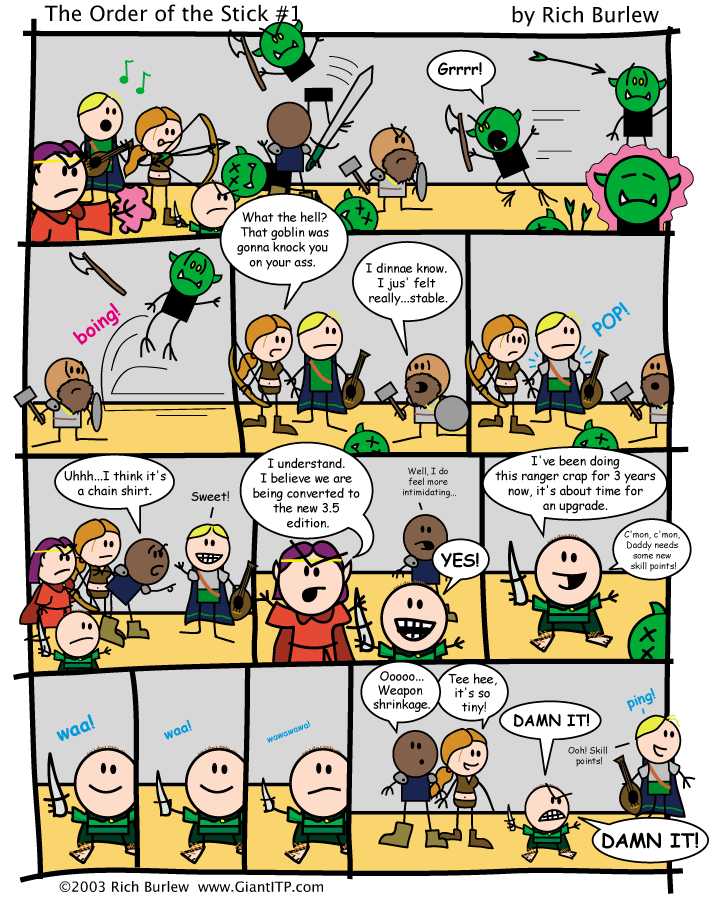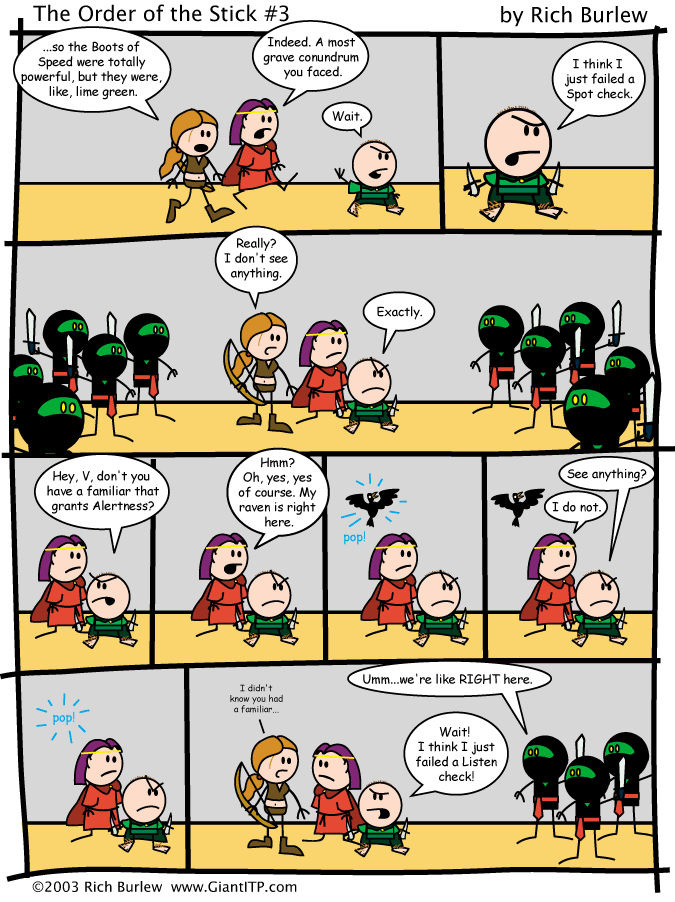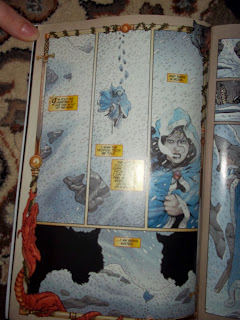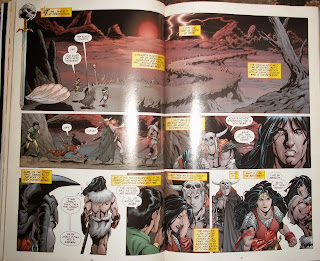I saw this exhibit a few weeks ago,
but it took me a while to collect my thoughts on the matter. I am not much of a comic reader in the first
place, knowing very few mainstream comics and probably none of the underground
comic artists. I had never seen anything
like this before.
I can’t say I really liked it; the
images seemed too real and the fragments of story didn't make much sense to me. Part of it might have been because they were fragments, perhaps if I had seen
the entire comic I would have understood it, but I’m still doubting I would
have liked it. (yes, I saw they had comic books, but I chose to spend my time
looking at the images on the wall, since there was no chance I would be able to
access those at home.)
I didn't feel that way about every comic
on display though, there were a few I liked but overall everything was just a
little too weird and realistic for me.
The image I chose to analyze was a
panel from mosquito, and I did not realize until I got home how out of focus
the camera was. I picked this image
because it seemed to be a one page story, so I didn't worry that missing pages
would change my understanding.
The panels have nice flow, I was never
confused about what came next, but the content of the panels confused me. I’m still not completely sure what’s going on,
it seems that a boy is complaining to his brother about a sister, but I didn't
get that until I reached the last panel, because of the way the main character
is drawn, I wasn't aware that he was supposed to be a child until I got to the
part about a sister, which confused me because I had assumed that he was an
adult at first. The dialog also seemed
more like an adult talking. Also, I have
no clue why Clowes chose to title this Mosquito.
I agree with Clowes that the art is
in the books, not on the wall. For one, if it’s in a book, you get all the pages, and context of the story. Two, the way you read it changes. Looking at
the art on the wall I was trying to see meaning behind it, and understand it,
far more than I would have if I had picked up a book at home. With a book at home, I would probably not be
expecting much, so the parts that I did like would have stood out more. Also with a book, I could reread it as many
times as I wanted, and let the parts that did make sense sink in and return to
the rest later, as opposed to seeing them at a museum where I felt rushed to
see it all, even spending hours there, I did not have time to really formulate
a cohesive opinion.
Since the books are the official
art, that would make the stuff we see on the wall rough drafts. Even when the drawings are complete they
can’t be understood the way the artist wanted them to be until they are put
into book format.
Having the book as the art object, it
changes how art travels, and who art influences. It makes it so even people who do not
consider themselves interested in art (those who would avoid a museum at all
costs) able to be influenced by art. It
makes art accessible to everyone, not just those who can get to museums or
galleries.







































